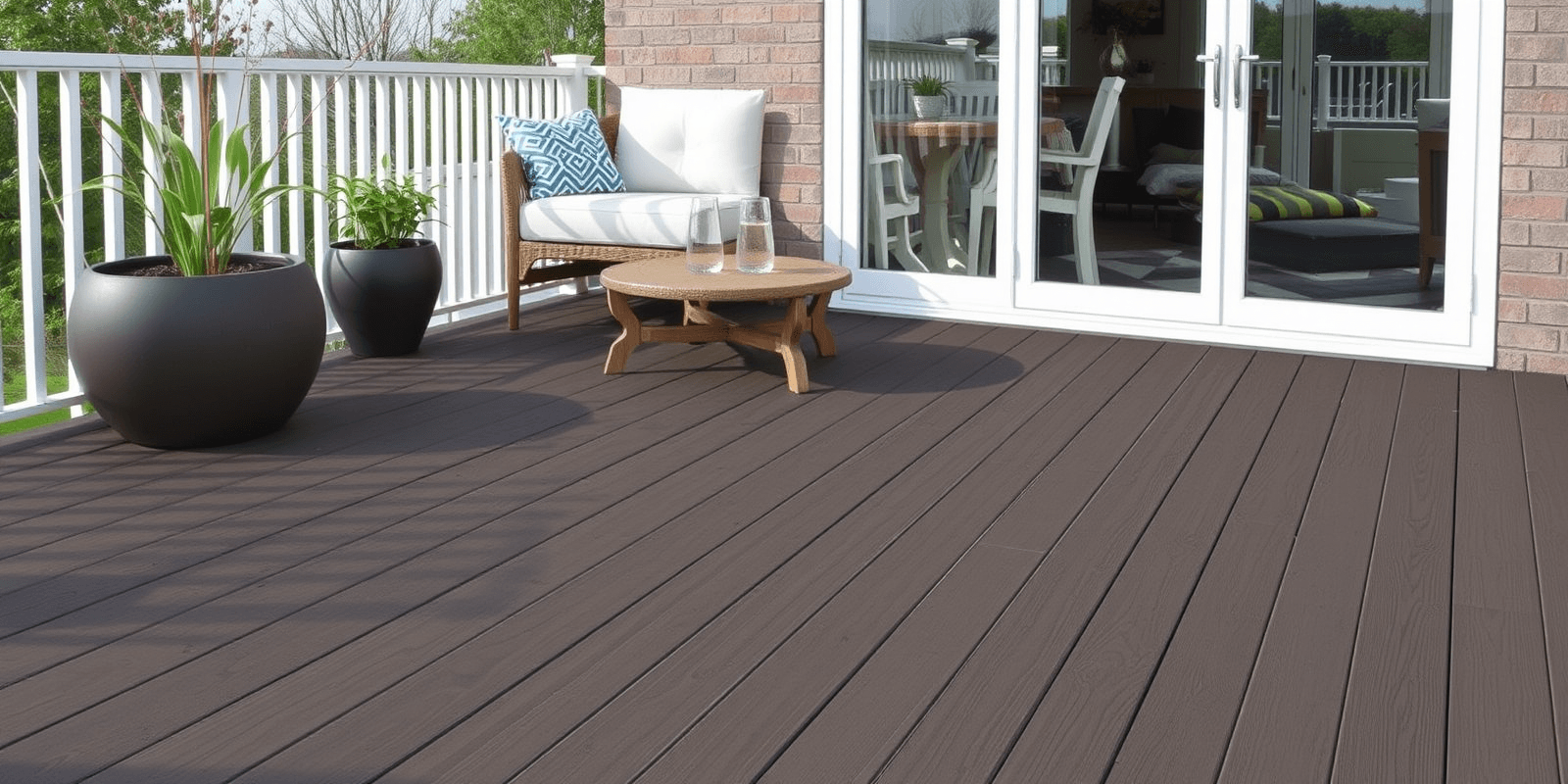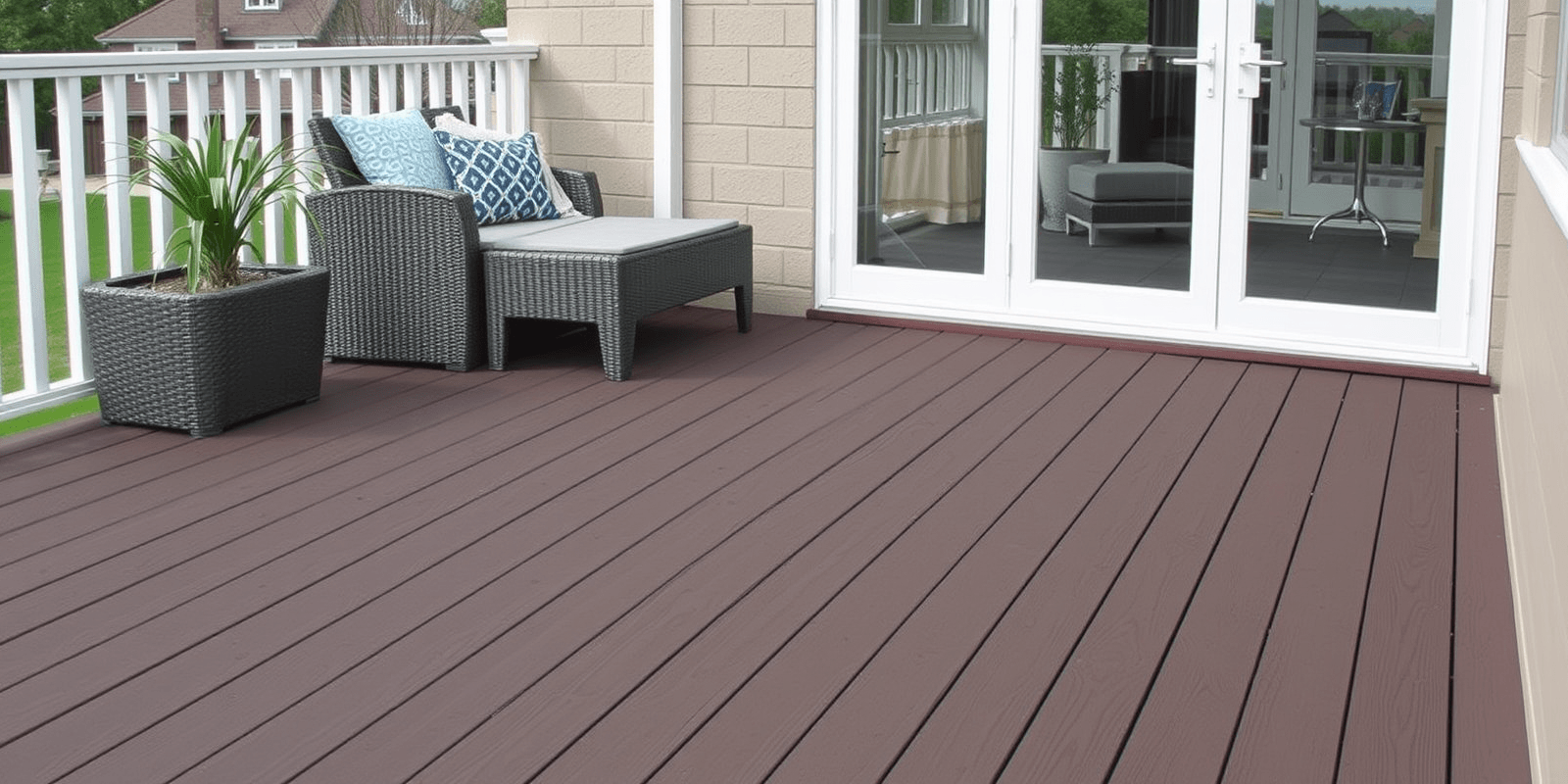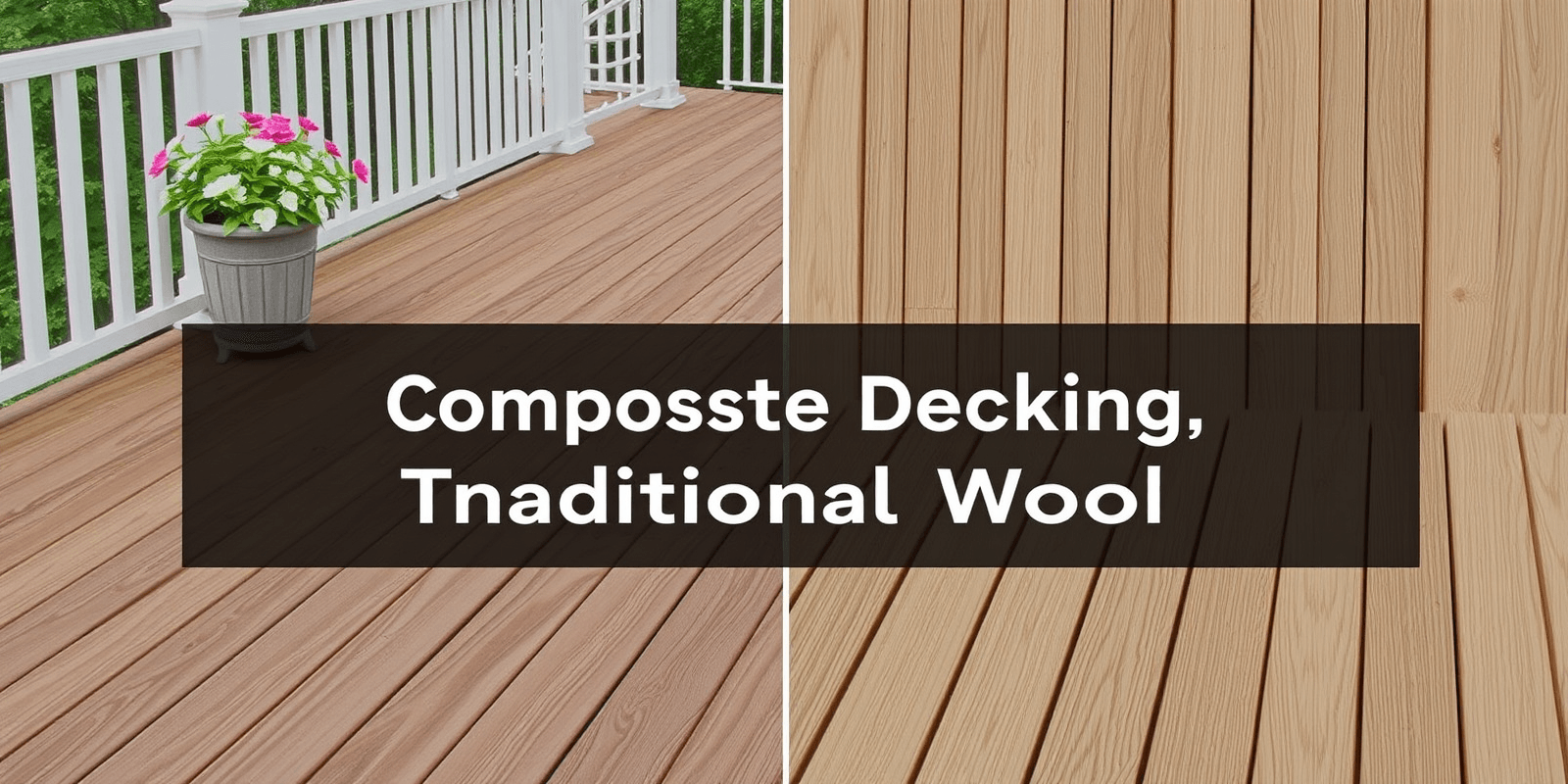Innovations in Trend Composite Decking for Enhanced Aesthetics and Functionality
Composite decking has come a long way since its inception, evolving from a simple alternative to traditional wood decks to a versatile material that offers superior performance, durability, and aesthetic appeal. The latest advancements in composite decking technology have introduced new patterns, designs, and materials that cater to a wide range of customer preferences and needs. This article explores these innovations and how they contribute to creating beautiful and functional outdoor spaces.
New Patterns and Designs
One of the most significant advancements in trend composite decking is the introduction of new patterns and designs that mimic natural wood while offering enhanced durability and low maintenance. Manufacturers are now using advanced printing techniques to create realistic wood grain textures and colors that can replicate various types of wood, such as cedar, mahogany, or teak. These patterns not only enhance the visual appeal of the deck but also make it easier to match the composite material with the surrounding architecture and landscaping.
Material Innovations
Another area where trend composite decking has seen significant progress is in the development of new materials. Traditional composite decking is made from a mixture of wood fibers and plastic, usually high-density polyethylene (HDPE) or polypropylene. However, newer formulations incorporate recycled materials, bamboo, cork, and even natural fibers like hemp and flax. These materials not only reduce the environmental impact of composite decking but also offer improved strength, flexibility, and resistance to moisture and temperature fluctuations.
Enhanced Performance
The advancements in trend composite decking technology have also led to improved performance characteristics. For instance, many modern composite decking products feature anti-slip surfaces, which increase safety, especially in wet conditions. Some manufacturers have also developed composite decking boards with built-in UV protection, preventing fading and discoloration over time. Additionally, some composites are now engineered to be more resistant to mold, mildew, and insects, ensuring a longer lifespan and reduced maintenance requirements.
Customization Options
With the rise of custom manufacturing processes, trend composite decking now offers a wider range of customization options. Customers can choose from various thicknesses, lengths, and colors, allowing them to tailor their deck to fit their specific design and functional needs. Moreover, some manufacturers offer modular systems that enable easy installation and modification, making it possible to create unique layouts and features without the need for complex construction techniques.
Conclusion
The advancements in trend composite decking technology have transformed this material into a highly desirable option for homeowners and commercial property owners alike. With its combination of aesthetics, durability, and functionality, composite decking provides an excellent solution for creating beautiful and practical outdoor living spaces. As the industry continues to innovate, we can expect to see even more exciting developments in the years to come.



